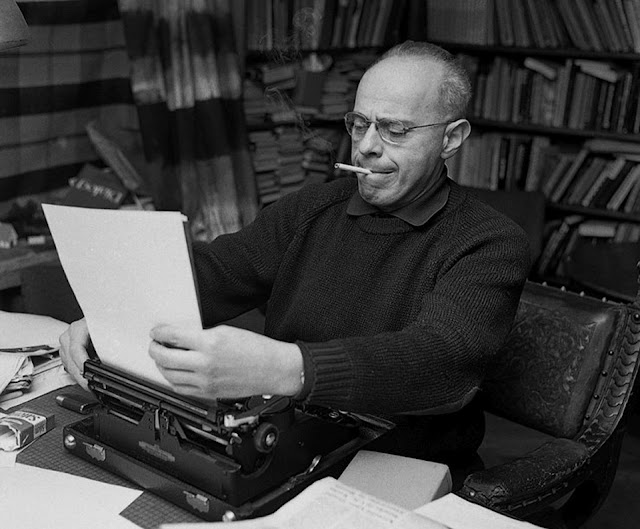 |
| Svetlana Lunkina, Peng-Fei Jiang and Artists of the Ballet in Concerto. (Photo:Karolina Kuras, Courtesy of The National Ballet of Canada) |
A mixed program is usually a study in contrasts with something new, something old and something breezily entertaining often sharing the same bill. The diversity of styles, frequently representing disparate ballet eras, creates its own sense of drama, making it a winning formula for companies wanting an alternative to the full-length classics that more draw in audiences. Take that variety away and a mixed program can fall flat, despite all good intentions. That’s the conclusion drawn from the National Ballet of Canada’s recent presentation of three works at Toronto’s Four Seasons Centre, representing Hope Muir’s first curated program since becoming artistic director a year ago, while Karen Kain was still in charge. Comprising two contemporary ballet premieres and a modernist revival, the program unveiled on November 9 felt disconcertingly monotonous as a season opener. Thematically as well as stylistically, the ballets were more similar than they were different, particularly the contemporary pieces, whose shared fondness for over-busy choreography made them seem like two sides of the same ballet coin. The exception was the still centre of Sir Kenneth MacMillan’s Concerto, a dazzler of abstract academic dance whose vivacious opening and closing sections bookended a pas de deux so serene it was blissful.


